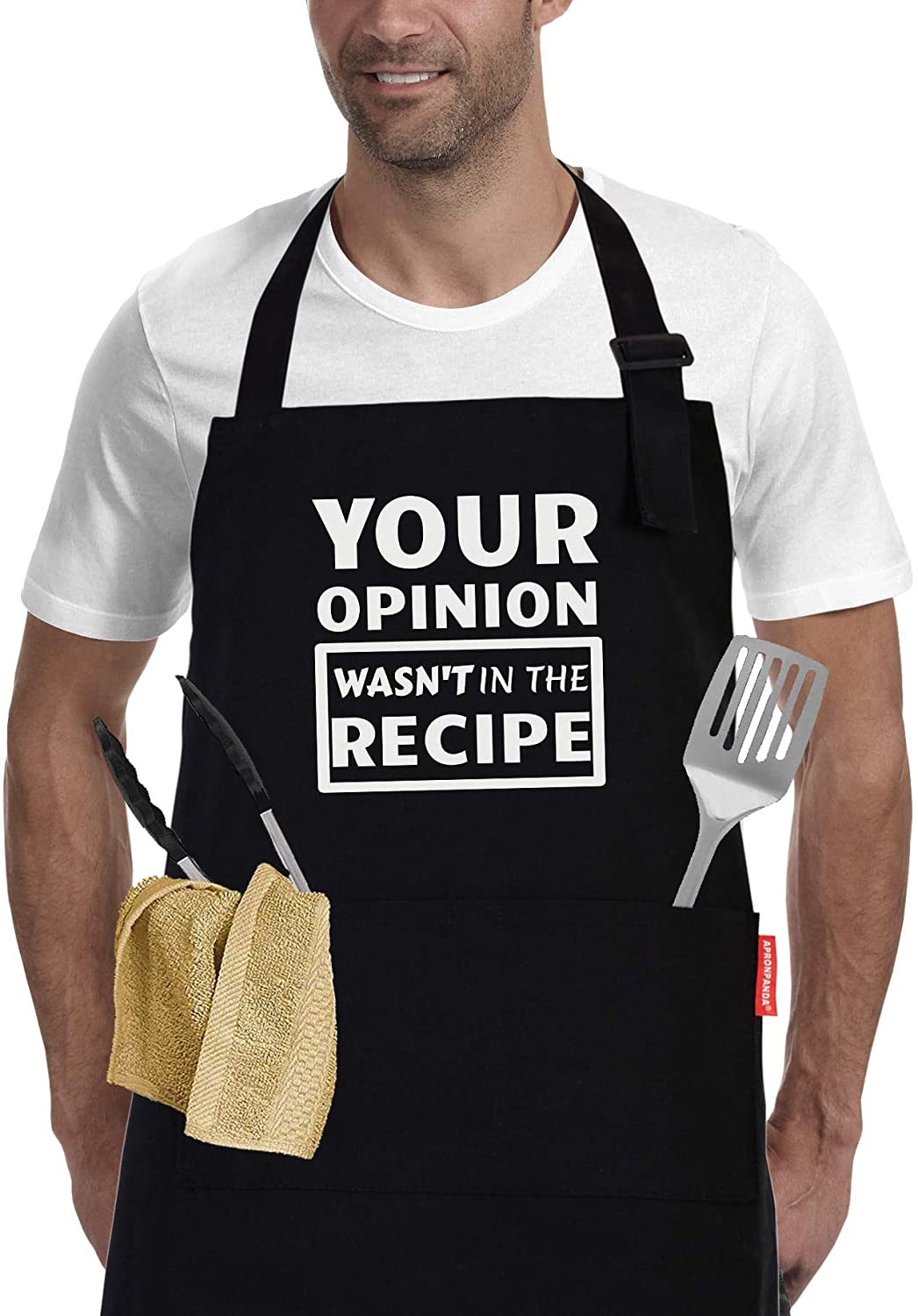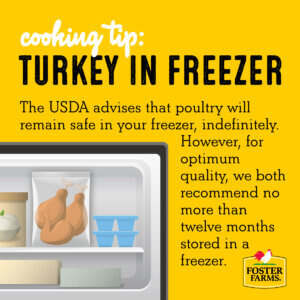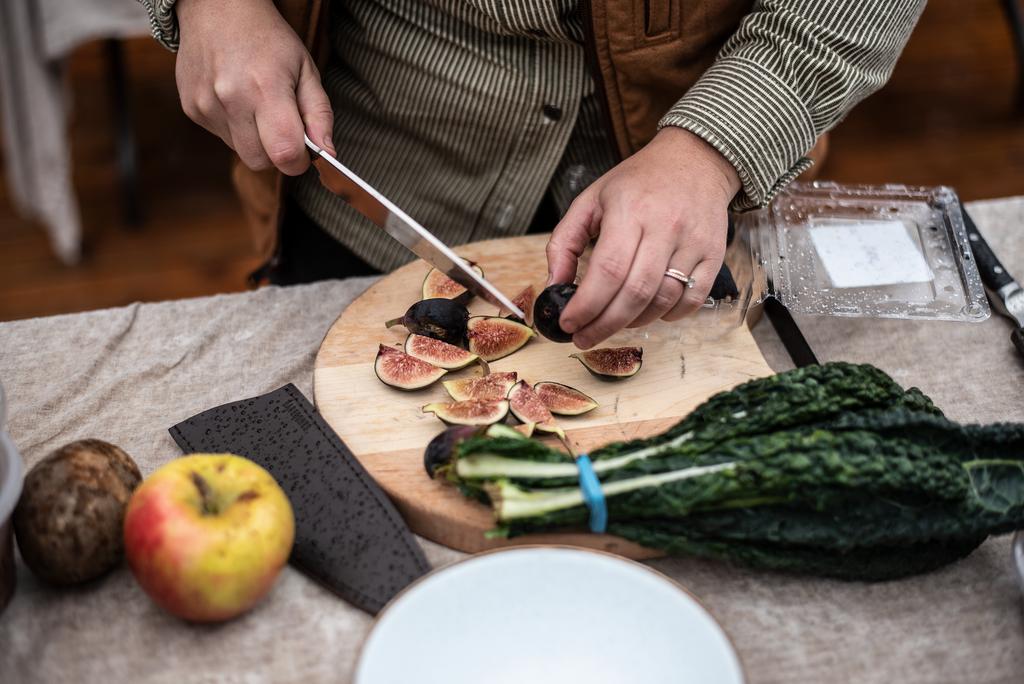
These cooking tips will make it easier for both novices and pros to cook better food. You need to be able to order ingredients correctly when you add them into a recipe. Different ingredients cook at different rates. Also, you'll learn how your senses work together to prepare food. You can also learn how to use your sense of smell to determine the temperature of a dish. Finally, don't be afraid trying out new tastes and textures.
Ten simple cooking techniques
If you enjoy trying new foods, learning how to cook can make your life more enjoyable. Even the simplest of dishes can be made more delicious and even healthier if you learn some basic cooking tricks. There are many different ways to cook chicken and salmon. The first part of the operation is beating eggs. Cooking eggs takes just five minutes! Another great trick to cook eggs is to blot it before you cook. This makes sure that the meat gets a nice sear.
Make sure to defrost any frozen ingredients you use in cooking. This will prevent them from losing their texture. Use frozen ingredients. Make sure they are stored in a close-by cupboard to keep them from getting too hot or steamy. This will preserve their taste. You can also freeze them in the refrigerator if necessary.
Proper measuring cups
A set can come in many sizes and shapes. A set of six measuring cups includes one for each of the most common measurements. These cups are perfect for measuring dry ingredients, like flour. However, they are not always the most practical. A set of these cups will allow you to measure all liquids and spices accurately. These are some tips to help you choose the right measuring cups for your cooking.

First, make sure you buy both dry and fluid measuring cups. There's no need to worry that you might accidentally fill them up with liquid if they're intended for dry ingredients. It's best not to dip your measuring cup in flour or any other dry ingredient. This will cause the measurement to be inaccurate. Because liquid measuring cups are ambiguous, this will result in a less precise measurement.
Storing food in the best place
It's important to first identify the foods you intend to use in order for food storage to work properly. Some items don't spoil well, and they can be stored in the pantry or fridge. Other items should go in glass jars. Non-perishables should be kept in glass jars. You should keep them in a cool and dark area away from direct light. Listed below are a few tips to store food correctly in the fridge.
First, make sure your kitchen is clean and clutter-free. Avoid storing food close to household products. Food is sensitive. Keep it in a dark, cool cabinet. You should ensure your containers are securely fitted so that no food gets thrown away. Keep food from heating sources, such as pipes, and keep it out of reach of children. Also, prolonged exposure to sunlight can affect the color of your food.
Cooking with your own senses
Cooking can be a rewarding experience if you use all your senses. To help you select the right ingredients, your taste buds are an excellent way to go. You will find it easier to predict the cooking times if you can envision the flavors in a particular dish. The same applies to your visual senses. You can use your imagination and listen to your body when you shop for ingredients. You might even substitute red cabbage for broccoli, for instance, if you think that it will make for an equally delicious and unique dish.

You'll be able to easily identify new foods, evaluate their quality and enjoy them more if you use your five senses. As you'll find, there's a whole new world out there. You can learn all about flavour science and develop your ability to taste food while you cook. You'll discover what the difference is between a fake emoji peach and a real one. You can even learn to appreciate grapefruit's bitterness. And if your kitchen is cluttered, use all your senses to look around to prepare what you're preparing.
FAQ
How much does it cost to study Culinary Arts?
The price of studying culinary arts varies widely. For example, a four-year degree typically costs around $40,000. A two-year associate's level degree can cost less than $5,000. The tuition rate you choose depends on the program. The tuition rates for private institutions are usually higher than those of public universities.
How much does it cost to go to culinary school?
Prices for Culinary School vary depending upon where you go, what program you select, and how long you stay there. Tuition costs range from $10,000 to $30,000. Students graduate with approximately $20,000 of debt. There are programs that offer work-study and scholarships.
Where can I get free online cooking lessons
You can find free cooking lessons on many websites. YouTube offers many videos on how to cook various meals. You can find thousands of recipes on certain websites. These sites usually require you to pay a monthly fee, but you can try them out for free for 30 days.
Statistics
- You'll be amazed that over 90% of CIA students receive scholarships and grants to finish their culinary studies. (ischoolconnect.com)
- under 10 Kids have been taught that there is special food just for them, and Fiese says that 10 percent of kids will throw a tantrum if they don't get the food they want. (washingtonpost.com)
- According to the BLS, chefs earn $58,740 a year. (learnhowtobecome.org)
External Links
How To
How to cook your steak
The type of meat you are cooking will determine the right method to use. Thicker steaks cook best at low heat. Thicker steaks require higher temperatures.
You should also ensure you don't overcook them because they'll lose flavor. And remember always to remove the steak from the pan when it's done - this way, you won't burn yourself.
Cooking times vary depending on the size and degree of doneness desired. Here are some general guidelines.
Medium Rare: Cook the meat until it reaches medium rare (63°C). This takes between 3 and 5 minutes per side.
Medium: Cook to medium (or until the internal temperature reaches 160degF/71degC). This usually takes about 6 minutes per side.
Well Done: Cook until well done, which means the internal temps reach 180degF (82degC). This can take between 8-12 minutes per side.